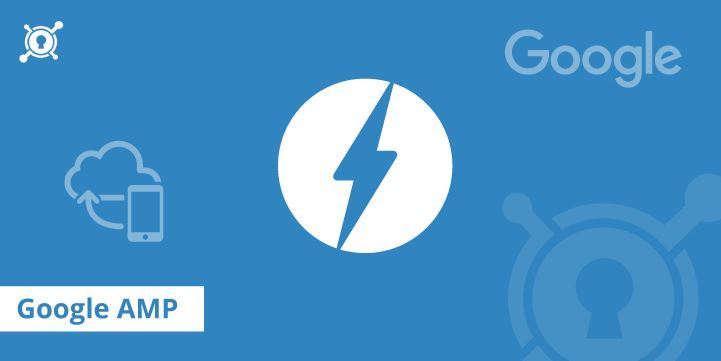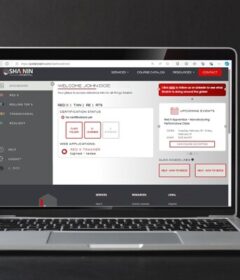Google Wants to Bring Fast-Loading AMP Technology to the Entire Web

Google has been trying to relieve publisher concerns over its Accelerated Mobile Pages (AMP) technology. On Thursday, the company announced that it wants to make the technology available tothe entire web by turning it into an industry standard.
By using Google’s AMP, websites load quicker on mobile devices like smartphones and tablets. However, AMP uses a nonstandard web technology from Google’s domain wherein published articles resides on the company’s servers. This means that web addresses link only to Google, robbing publishers of site visits and potential ad earnings.
On the upside, articles posted on AMP are prominently featured on Google’s Top Stories “carousel” in the mobile search results, giving publishers the spotlight.
Google also wants to help drive traffic to non-AMP websites by featuring them in its carousel, but on one condition: these sites must have speed benefits similar to that of AMP’s. Faster site loading times are primarily traced to AMP’s nonstandard technologies, such as Web Packaging, Feature Policy, and Paint Timing, among others. In simpler terms, Web Packaging is like a compressed file for web content while Feature Policy is useful in switching off particular browser features. Among the long list of features, the AMP team underscored the importance of Web Packaging technology in allowing pages to load offline.
“Based on what we learned from AMP, we now feel ready to take the next step and work to support more instant-loading content not based on AMP technology in areas of Google Search designed for this, like the Top Stories carousel,” AMP Project tech lead Malte Ubl said.
“This content will need to follow a set of future web standards and meet a set of objective performance and user experience criteria to be eligible,” Ubl further expressed in a blog post on Thursday.
Though Google seems committed to using AMP to improve the web, It wasn’t able to give a clear-cut timeline for implementing the changes it proposed. For now, the tech giant is simply encouraging publishers to continue utilizing AMP.
“Meanwhile, AMP will be Google’s well-lit path to creating great user experiences on the web. It will be just one of many choices, but it will be the one we recommend,” Ubl wrote.



